Observatorio tecnológico del 16 al 22 de diciembre

The city of Murcia will be the first in Europe to install devices shaped as street lights fitted with recharge outlets for mobile phones and tablet computers, a solution for passers-by that to this point had only been installed in New York. The posts cost €7,000, approximately the price of an urban street light, and they are solar-powered. The free use of said outlets makes it possible to simultaneously recharge up to six devices. The choice of Murcia is no accident, given that the company responsible for these systems, iUrban, is from Murcia. Its executives claim that other towns have expressed interest in these posts, which are also low-maintenance and self-operating. The posts are fitted with large capacity batteries that guarantee their operation should the solar panels fail. LED lighting also ensures the devices can be used around the clock. What remains to be seen is whether these new pieces of urban furniture begin to appear in more cities.
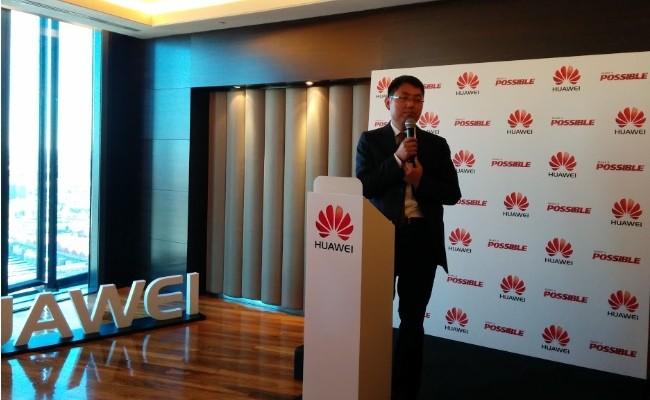
Huawei continues to be reference among Chinese companies, with results that make clear its vision of converting itself in one of the largest manufacturers of mobile phones on the market. This year 2013, Huawei has sold over a million mobile terminals in Spain, although it should also be pointed out that this includes the sales of the popular Orange Daytona (manufactured by Huawei, model G510). The company has placed itself as the fourth manufacturer in terms of sold units, following closely behind Sony and LG. Huawei has a clear strategy to become the third manufacturer worldwide, behind Samsung and Apple, and it is true that although the date set to reach this objective is 2015, it is highly possible that if things continue to go as well for them during the coming 2014, we'll see how they could become second in terms of units sold in Spain. With respect to market share, GFK figures for Spain showing an 8% market share make clear that they are getting close to LG and Sony, with 12 and 18% respectively. Huawei had already sold a million terminals in Spain in November thanks to terminals offered by Orange under its own brand, the Orange Daytona and the recent Orange Yumo, a highly balanced 4G terminal. The Huawei Ascend P6 should also be highlighted, as it received a prize in the Xataka 2013 Awards as the best mid-range terminal and features a truly thin design, at less than 8mm thick. Huawei has achieved brand penetration in Spain which has been possible thanks to marketing efforts such as for instance the technological sponsorship of this country's Professional Football League.
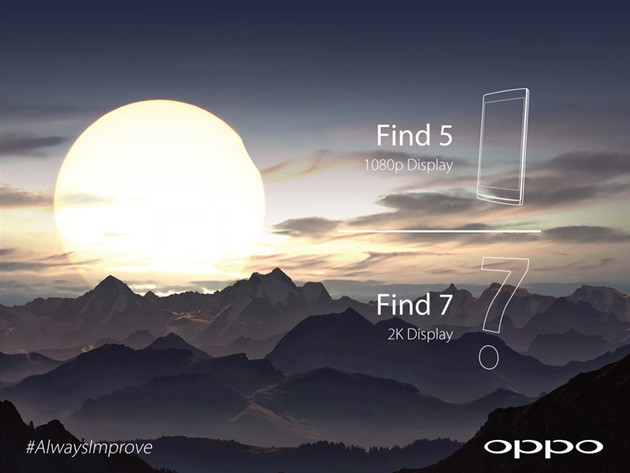
The subject of Chinese mobile phone manufacturers cannot be avoided, although to date they have not had the impact that some of us would like. Names such as Xiaomi, Meizu, Oppo or Coolpad sell millions of terminals in their respective countries, each with their own philosophy. Sooner or later they will end up doing it here, through official distribution. The case of Oppo is interesting if we take a look at its latest terminal, the N1, of which a special version developed jointly with the CyanogenMod team will be released. Involved in the process of creating this relationship was Pete Lau, vice-president of Oppo, who left the company last month. I can already say that the hardware–which I am testing–is quite good, and the Cyanogen software is well-known. Still, Pete Lau was not satisfied with the final results and left to do things his own way. He takes with him the same philosophy: everyone has a right to choose the best technology. At Oppo the reality is that this is only partly achieved, given that they are neither exactly the least expensive Chinese terminals nor do they come with features not found in other phones. Generally speaking, however, the price is right. Europe is another thing altogether, the question being whether someone might spend 450 euros on an Oppo instead of a Samsung. Lau has founded a new company, to build mobile phones it would seem, that he has decided to call OnePlus. It promises more innovative and higher quality phones that will be sold only on the Internet so as to achieve a better retail price. It is based on the success of the Nexus family of devices, demonstrating that it is possible to base one's strategy on online sales. As an indication of how well underway everything is already, the first device will be ready during the first half of 2014. Interestingly, it will be Oppo itself that builds the first One Plus. Which leads us to conclude that, as they also have wanted set up a new brand with the Cyanogen terminals, they have judged that there is room for more players. Some have speculated that they will join forces with Paranoid Android, but the information has not been confirmed. We could consider Lau's statements overly optimistic given the fierce competition in the smartphone market, but with respect to China we ought to refrain from hasty conclusions. The man knows how the system works and, given his sizeable investment, could well build at least as good a phone as what he was doing with Oppo.
The Nexus family has demonstrated that it is possible to successfully sell devices on the Internet on a worldwide basis, Pete Lau.
We are witnessing the birth of really small companies that have a media impact in this smartphone business, names like Jolla or Yota, out of China, have recently introduced their offers to us. Within a short time, we'll know whether OnePlus is as small a phenomenon as its recent arrival on the scene would lead us to believe. While speaking of Oppo, who will be charged with manufacturing the phone, we should also tell you that the new Oppo Find 7 is confirmed and one step closer to being a real product (check back in a couple months). I bet that there will be a lot in common between this terminal and the one being prepared by OnePlus. The latest public update includes an image that confirms one of the most awaited specifications with respect to this phone: 2K resolution (2,569x1,440 pixels) on a 5.6" screen (515 pixels per inch). Good hardware will be needed to drive this screen, and we are betting that it will be a Qualcomm Snapdragon 800 or even an 805. Other characteristics being thought about are 3GB of RAM, a 13 megapixel camera (5 in the front camera) and LTE connectivity (the first for Oppo). Just as they were the first to go to full HD with the Oppo Find 5, they now want to make a strong impact with its successor. In China, however, there are a few manufacturers that have entered this race while from abroad it is rumored that Samsung will introduce it with the Galaxy S5.
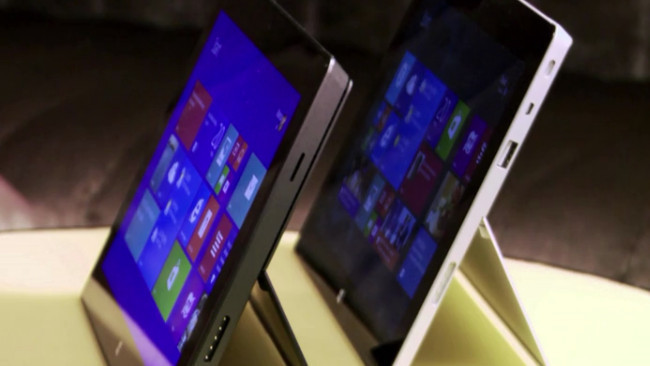
The rumor this week concerned the supposed cancellation of the 8-inch tablet that Nokia seemed to be developing. The motives are unknown but many speculated that the cause might be its recent acquisition by Microsoft and a conflict with the Surface tablets line from the Redmond company. Following some time in standby, rumors are circulating again with respect to a possible Surface Mini tablet. The aforementioned would be released in an 8-inch format with 1080p resolution. The tablet would be available in two versions, as the current ones: one with an Intel Bay Trail processor with a full version of Windows 8.1 and the other with the ARM processor and running Windows RT 8.1. Rumors also speak about the possible inclusion in the tablet themselves of technology similar to Kinect. Thanks to the latter, Surface Mini will supposedly be capable of recognizing faces and gestures allowing us to control the tablets without even touching them. On this occasion information comes from the Chinese Web site WPDang, which has published a few confirmed rumors in the past although also some false ones, so this information is to be taken with caution. The possibility of extending its tablets range seems to be part of Microsoft's plans, but all that is known about the matter to date including today's information are merely rumors.
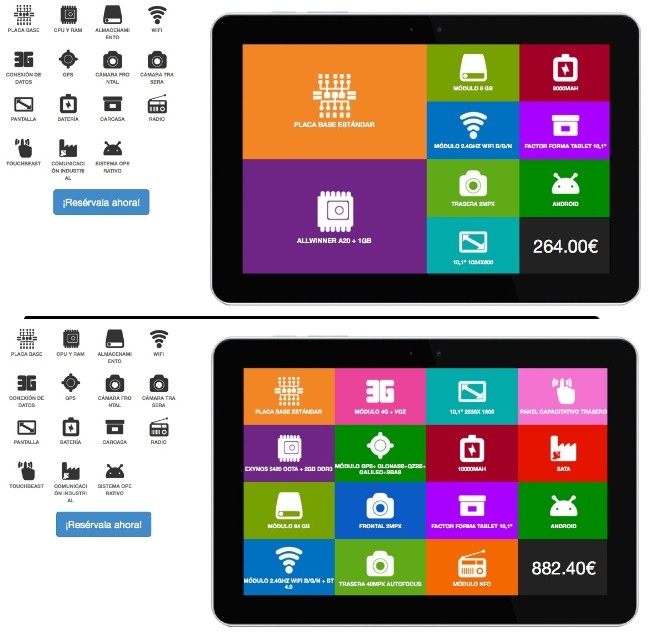
We've already spoken about modular products for which the users have a base on which they can connect modules and adapt the device to their needs. The latest in this area was the Motorola Project Ara. However, we had not had too much experience with this type of device until the foray of the Valencia company imasD. They have just launched their new imasD Click ARM project as the first modular tablet in the market that will be built completely in Spain during 2014. The company defines it as bringing the PC clone to the ARM market. imasD offers a vision that is both for the consumer market and for the professional and industrial segment, with its very specific requirements. Click ARM will achieve this thanks to its modular design and standard CANBUS, RS232/RS485/TTS interfaces with open driver support. As for materials, it will be built in aluminum and plastic. The word is that it will be able to include standard components. For instance, it will be possible to integrate miniPCIe standard PC/notebook components for the supported communications modules. It should be highlighted that it will be possible to choose the rear capacity section, making it possible to interact with screen components: zooming, or moving content around, among other actions. Speaking of components, the processor will be a choice of either Exynos quad-core and octa-core or Allwinner chips, and you will be able to configure the device step by step: capacity, wireless connection, cameras, USB connectors, etc. Welcome to the world of clone tablets. Samsung offers the panels of the 10.1 inch screens, the possibility of installing memory chips and SoCsARM. Speaking of price, we can choose the components as we like, which affects the price. We've configured a basic model (although it would be possible to do without some components) with a price of 264 euros, and a top-range model worth 882 euros. With respect to the software, Click ARM decidedly opts for Linux-based operating systems, so we have Android support (the latest available version with access to Google Play), Ubuntu Touch and Tizen OS. You can access the initial configurator where you can choose components at Click-ARM.com.
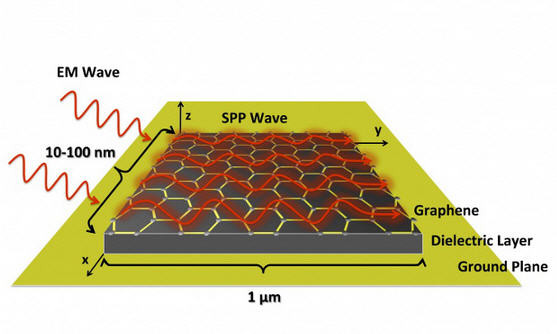
A group of researchers from the Georgia Institute of Technology have developed a system making it possible to use nano-antennas made from graphene, designed to be used in networks of nano-machines. The system–computer-modeled–could also help to improve conventional wireless communications, for instance by integrating these nano-antennas in portable devices. The use of graphene–whose energetic consumption is truly reduced–is the basic secret of this development. Ian Akyildiz, one of the studio's executives, has indicated that “the peculiar propagation of electrons in graphene make it possible to build a small antenna that can radiate at much lower frequencies than traditional metal antennas of the same size“. The phenomenon on which the discovery is based makes it possible for these nano-antennas to operate in a frequency range from 0.1 to 10 terahertz. As the researchers pointed out in the press release, the impact is notable:
With this antenna we can reduce the frequency twofold and reduce the energy requirement fourfold.
It will be interesting to check what is the practical application of this development, which seems targeted toward harnessing the power of home Internet but that could also make sense in portable computers and mobile devices to improve wireless connection reception.
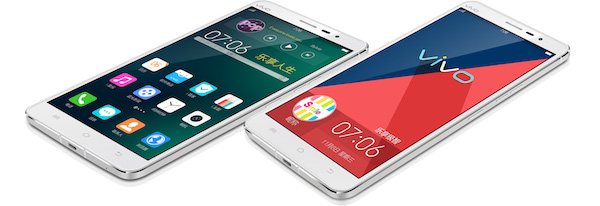
Following a sneak preview, Vivo finally launched its new Xplay 3S today, a terminal that comes with specification that is hard to surpass. To start, its six-inch IPS panel offers a total of 2,560 x 1,440 pixels (2K HD or 1440p resolution), under which a powerful Snapdragon 800 2GHz quadruple core processor, 3 GB of RAM, 32 GB of internal memory, and a battery of 3,200 mAh. Surprisingly, the entire unit only weighs 172 grams. As if that weren't enough, its design features a rather elegant finish (apparently in aluminum) that is very reminiscent of the iPhone 5s. With respect to cameras, it is fitted with a pair of 13 and 5 megapixel sensors with f/1.8 and f/2.4 apertures, respectively. Although it is capable of reproducing videos at a resolution of 3,840 x 2,160 pixels, it records in the traditional Full HD. On the other hand, its ESS Technology ES9018 sound processor and the integrated OPA 2604 amplifier are delivered with the impressive DTS 7.1 headphone certification thanks to the Headphone:X DTS technology. The operating system is an Android derivative called Funtouch OS. There is not much information on the modifications made by Vivo, although it is known that it is comes with one new feature called Photo+ making it possible to create rather curious animation by superimposing videos made and subsequently uploaded to the cloud. There are also music playlists based on your mood and an enhanced reality app called City Show AR that is rather reminiscent of Layar or City Lens by Nokia. The rest of specifications are LTE connectivity, Bluetooth 4.0, Android 4.3, GPS, Radio FM, and a fingerprint sensor located on the rear, under the LED flash. It will be released in China only and should be available in stores on 18 January. The price of the Xplay 3S will be 3,498 yens, which amounts to 570 dollars or 420 euros.
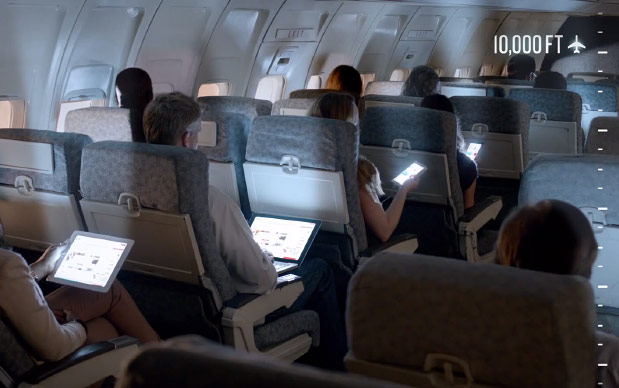
The ban is lifted. Since we heard the confirmation from the European Union that electronic devices could now be used onboard planes flying over its territory, it was only a matter of time until the airlines of the continent started to allow their use and British Airways has been the first to do so. But if you are soon to board one of their planes, don't be in a hurry to celebrate: the British civil aviation authority allows the use of electronic devices only in "airplane mode". So you can use the mobile or tablet to play Candy Crush but you won't be able to make calls or send mail. This relaxing of the rules will make it possible to use the devices as we've pointed out, including during takeoff and landing, and will be effective from today. It is expected that other EU airlines will soon follow suit. But the news are not so good for those who want to work while flying and find the tablet a bit small: notebooks are not allowed during these maneuvers.
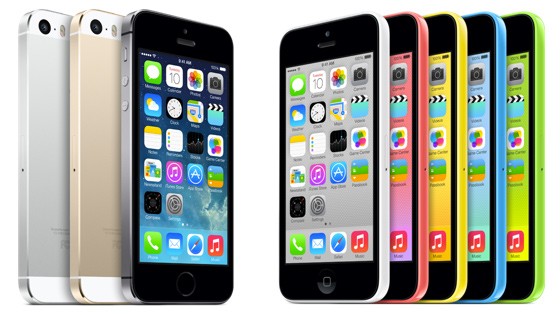
The giant China Mobile, which has over 700 million users, will start on 17 January 2014 to sell the iPhone 5c and 5s for the first time. The craze will soon start, as customers will be able to pre-order the devices from 25 December. Still, no information has been shared to date on what price the phones will be sold at. To work with the China Mobile services the iPhones were modified because the operator uses the national TD-SCDMA network. This probably required a sizeable investment to modify the iPhones, although certainly one that Apple can easily justify given the number of users involved.
